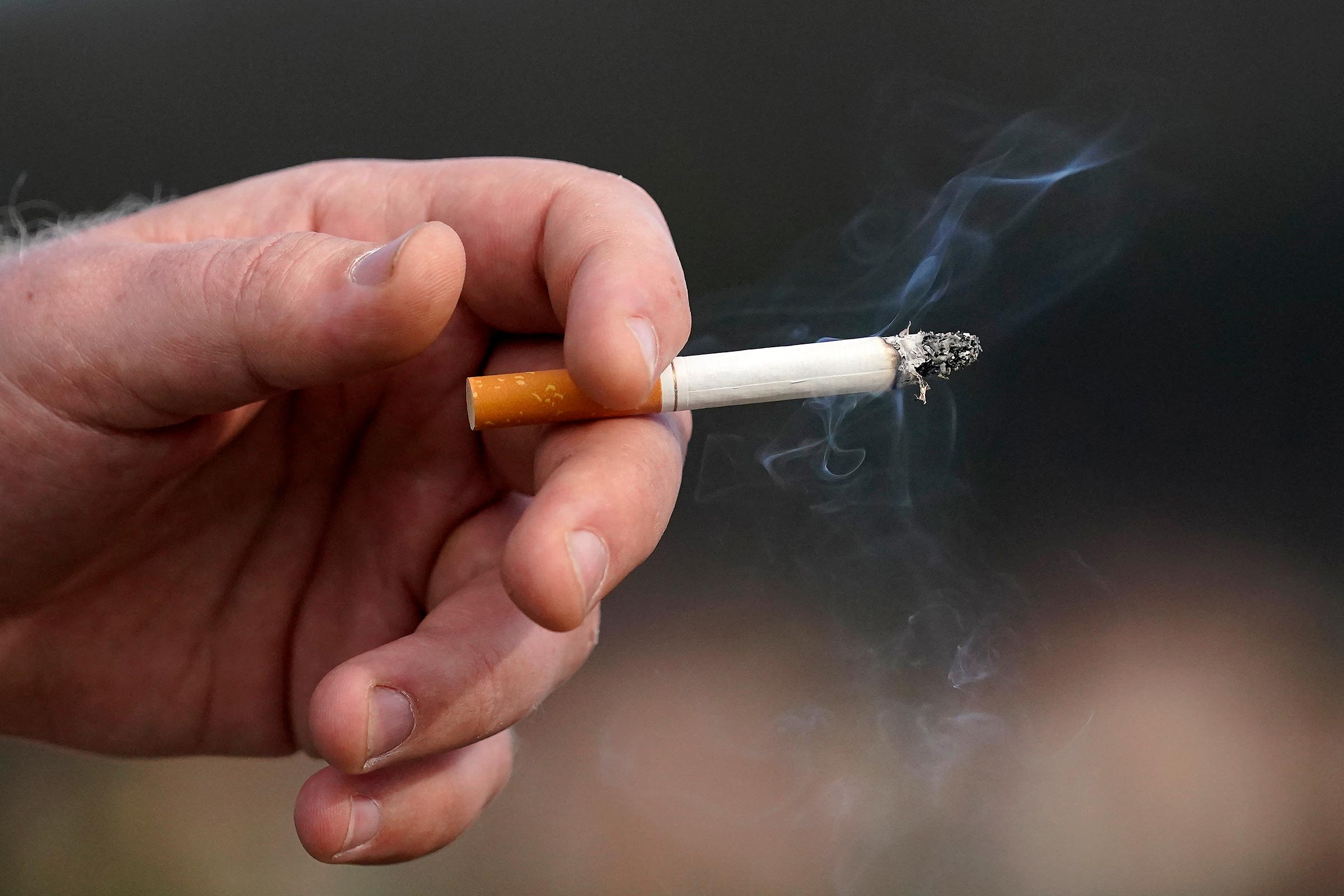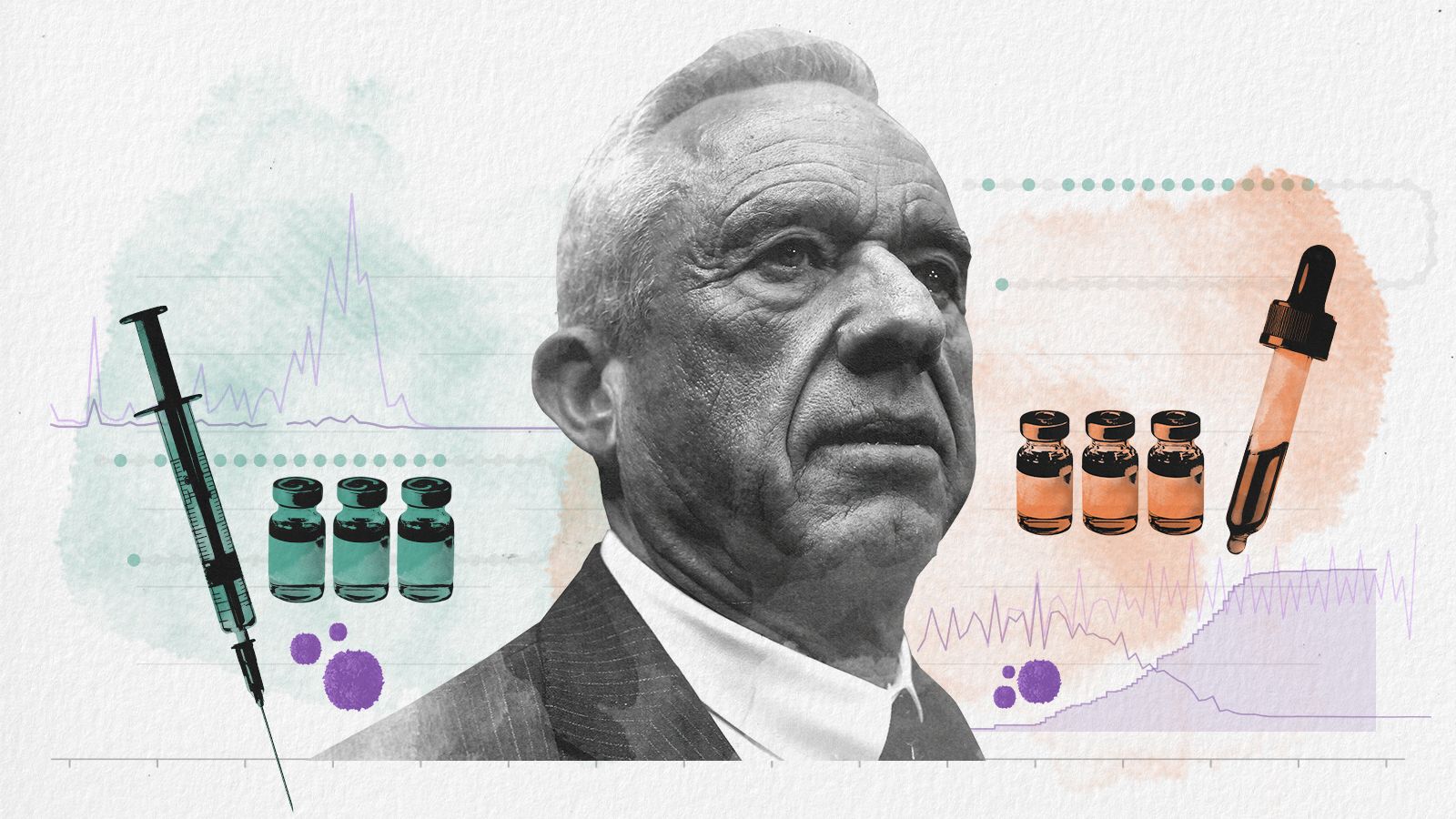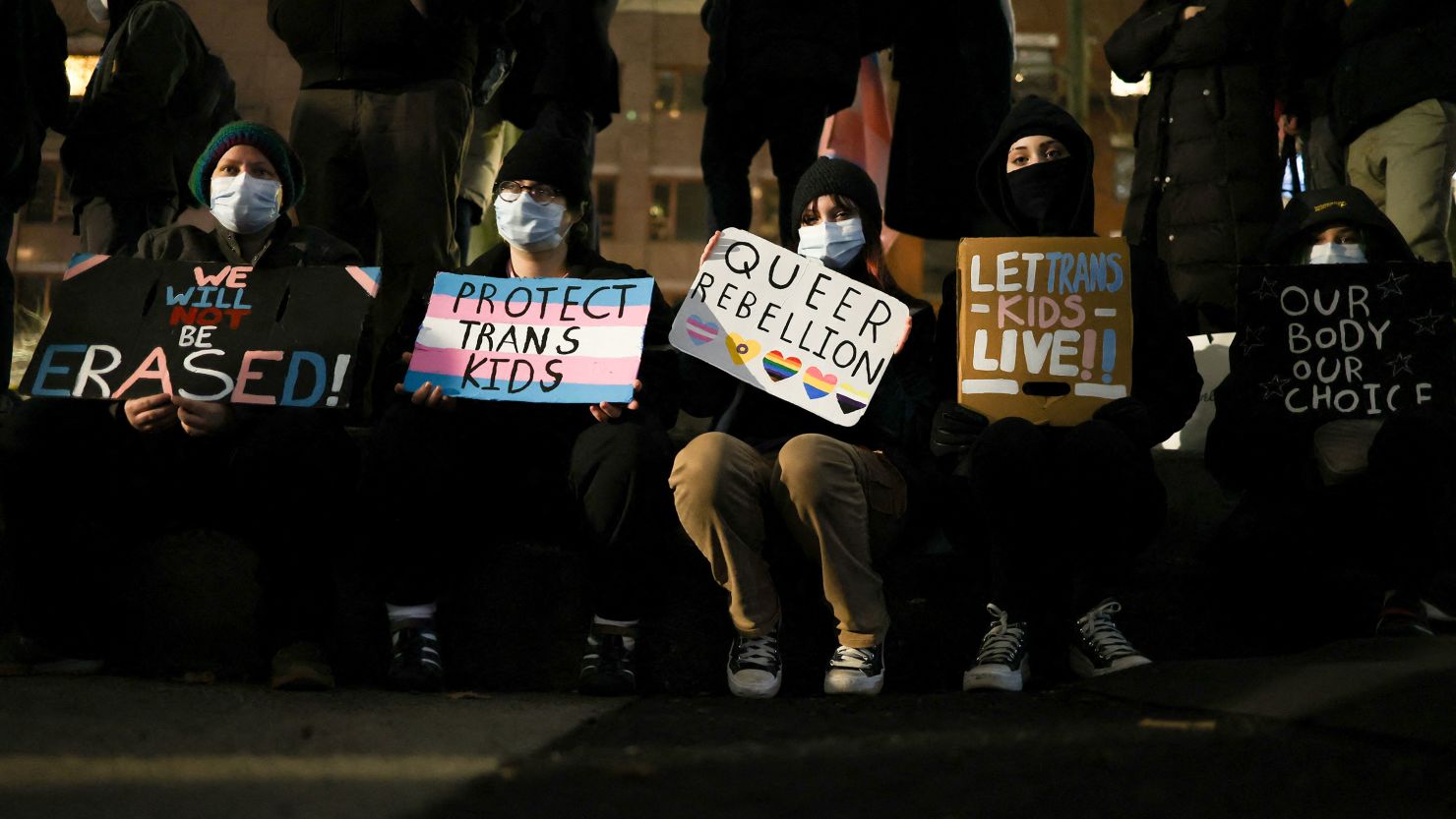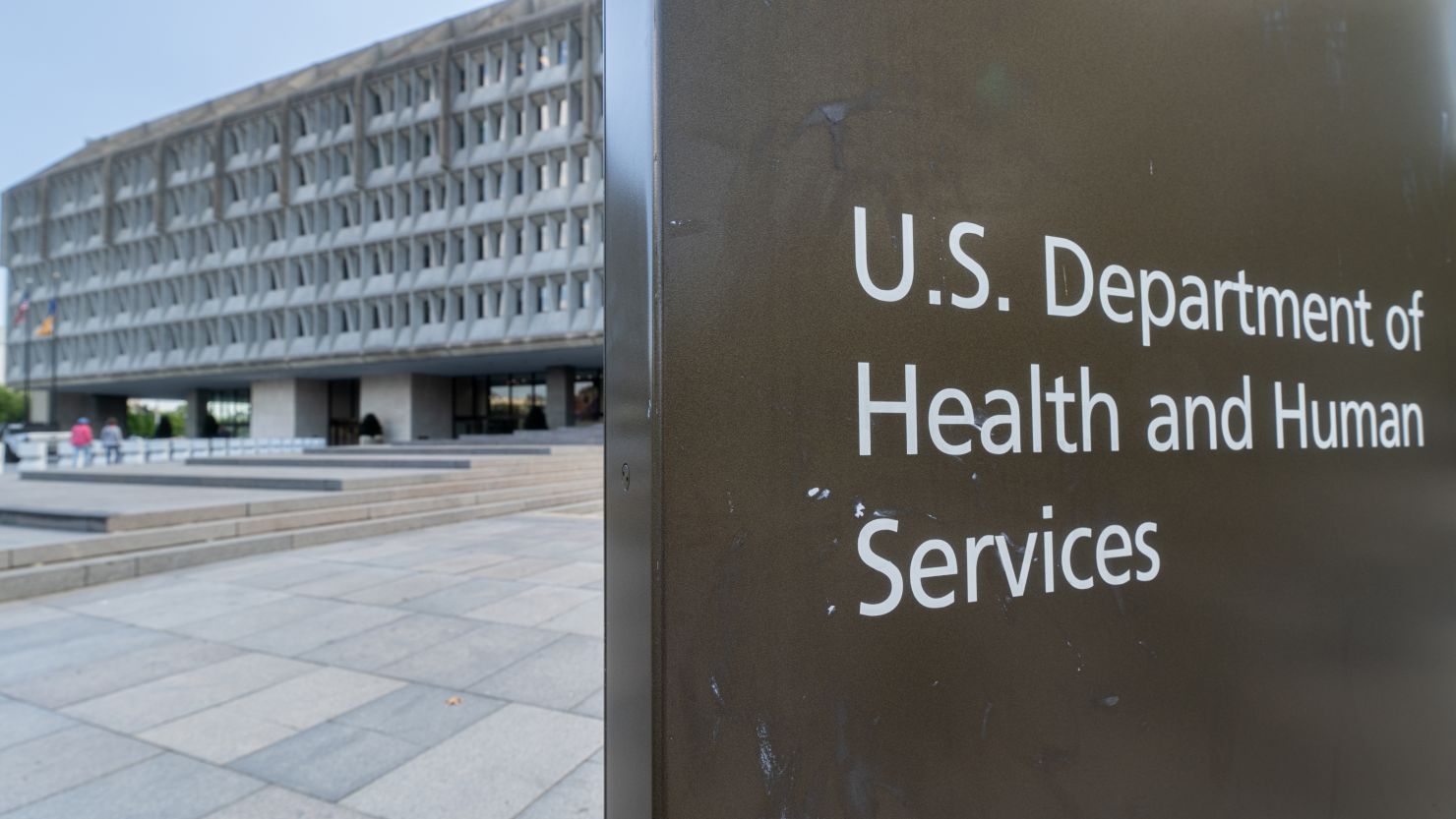The US Food and Drug Administration is proposing limits on the level of nicotine in cigarettes and some other types of tobacco products in order to make them less addictive, the agency announced Wednesday.
“If finalized, the United States would be the first country globally to take such a bold, life-saving action to prevent and reduce smoking-related disease and death,” the FDA said in a statement.
Nicotine is highly addictive, and studies show that a policy that lowers nicotine levels in products would help millions of people quit smoking or smoke less. Most smokers surveyed have said they regret starting and want to quit.
Most people who smoke started as kids, studies show, even though the legal age to buy tobacco was 18 for many years and raised to 21 in 2019. If nicotine levels were lowered, experts say, young people may still try tobacco products out of curiosity, but they would be less likely to form a lifelong habit.
“Today’s proposal envisions a future where it would be less likely for young people to use cigarettes and more individuals who currently smoke could quit or switch to less harmful products,” FDA Commissioner Dr. Robert Califf said in the statement. “This action, if finalized, could save many lives and dramatically reduce the burden of severe illness and disability, while also saving huge amounts of money. I hope we can all agree that significantly reducing the leading cause of preventable death and disease in the U.S. is an admirable goal we should all work toward.”
Nicotine levels would be capped at 0.7 milligrams per gram of tobacco in cigarettes, according to the proposal. Dr. Brian King, director of the FDA’s Center for Tobacco Products, said Wednesday that would lower the average concentration in products on the market today significantly – by about 95%.
“By reducing the nicotine level of cigarettes and certain other combusted tobacco products to a level low enough to no longer create or sustain addiction, that cycle of exposure to these toxic chemicals can be broken,” King said.
The proposal would apply to cigarettes, cigarette tobacco, roll-your-own tobacco, most cigars — including little cigars, cigarillos and most large cigars — and pipe tobacco, the agency said. The rule does not include e-cigarettes, nicotine pouches, noncombusted cigarettes such as heated tobacco products, waterpipe tobacco (hookah), smokeless tobacco products or premium cigars.
The FDA initially explored nicotine limits under the first Trump administration. When asked why it took so long to get the proposal out, King said that when the FDA first issued notice that it was considering proposing this rule in 2018, the agency got 7,000 submissions during the public comment period, and it took time to collect the information and to review the science.
Califf said his agency also had to anticipate lawsuits from the tobacco industry.
“I think everyone on this call is aware of the fact that we will be sued on anything that comes into action,” he said on a call with reporters. “The research has to be airtight to survive the challenges that we know we’ll get in court.
“We have to do everything just right in order to succeed.”
The National Association of Tobacco Outlets, the trade association that represents more than 66,000 stores throughout the country, said the proposal would result in significant lost revenue and job losses and said it would shift sales from licensed and regulated dealers to a “huge illicit market.”
“This proposed regulation is misguided as cigarette smoking rates are already declining and at historic lows,” David Spross, executive director for the organization, said in a statement.
Although the number of people who smoke has been declining for more than a decade, about 28 million US adults are considered current smokers.
Cigarette smoking is still the leading cause of preventable death, disease and disability in the United States, according to the US Centers for Disease Control and Prevention. The country loses 490,000 people a year to tobacco-related disease, according to a report from the US surgeon general, and more than 16 million Americans are living with a smoking-related illness. Health-care costs associated with smoking totaled more than $240 billion in 2018, according to the CDC.



